|
Can I just ask... how are we surviving? This has been an unbelievable year - one that seems to magnify every bad day and make even the smallest request seem insurmountable. But we're still going, guys. Somehow... we are still making it work. We always do, but if we've ever had the right to brag. It's now. Amidst all of this year's tumult, I returned to last year's mission - to personalize learning as much as possible for my students. It probably seems crazy to complete throw out the rule book right now, but in my mind, I can't think of a better time to completely flip learning. The kids have been adapting and re-adapting all year. They've never been better able to mix up the format. I should also mention that my school has created a PD cohort that is focused on PCBL, or personalized competency-based learning. Joining this group reinvigorated by dedication to personalizing my classes, and luckily for me, I get PAID to do it! (What a dream). This group met this week to start talking about our first set of goals. As I met with a few people just starting out this journey, I realized that this is truly a process that has to be done in multiple steps. Talking through some of their grand ideas, I worried that too big a leap would make the experience miserable. That said, I thought it would be helpful to share the complicated process of personalizing with other people. As I mentioned, I have been working on this process for YEARS. Over my next few posts, I thought I would walk through the steps I've taken to get to the level of personalization I am at now. Current LevelSo to start, it would make sense to tell you what my AP Language class looks like at the moment. As I said, this is my THIRD attempt at personalizing my class, and in that process, we've gone through lots of changes and re-routes. Currently, students are self-pacing, self-designing performance tasks, and reflecting on their own learning for five different sets of standards. Essentially, I paired the related reading and writing standards. (For instance, 7A and 8A in the Course and Exam Description are both about stylistic choices). After many different styles of organization, I think I have landed on the format that works. (These are NOT my words or organization idea. I got this from one of our instructional coaches, who I believe got it from Knowledge Works). Essentially, kids learn, check, show, and then reflect on their learning. "I Learn" Kids start each unit by looking at a unit template that they will later complete. The first page, however, sets out how they can learn the content. I haven't created much here (Yay!). Thanks College Board and textbook authors! For the small groups, I have created short PowerPoints for each unit. They are a combination of some review and how they might look for different choices in other's writing. (Stay Tuned: I'll be posting all the PowerPoints - and if I have time, videos! - of each small group lesson). "I Check" An "I Check" is essentially a more traditional assessment. This is the part that I have created for each unit, and for AP Language, I try to keep these focused on the exam. (Thanks AP Classroom Question Bank!). This was a big mental shift for me. As a teacher, I feel we are taught that our assessment is the end-all of the unit. Instead, it took me time to realize that my assessment should be a guide for an original assessment that students create for themselves ("I Show"). If you end with the teacher designed test, how will kids really express what they know authentically? Most of the time, we give them a choice project, but they still have to finish a test at the end. I had to change my way of thinking to flip those around. My test is formative. Their assessment, the more authentic task, is weighted most. "I Show" The idea of allowing kids to design their own performance task raises a totally fair amount of anxiety. Being incredibly Type-A myself, my chest actually tightens at the level of control I am giving up in letting them design an assessment, but I know that one of our constant complaints about students is that they don't have agency. You can't maintain complete control and expect kids to learn responsibility and agency. BUT. I'm still Type-A. I'm willing to let the kids take control, but I wanted to see the evidence that they thought it through. Below is the unit template I mentioned earlier. Basically, I ask students to sit down and think through how they would like to be assessed and approve their ideas. Basically, I am checking that they are completing tasks that will demonstrate the standards and that will demonstrate a career-ready disposition. (My district compiled these dispositions in something called a Profile of a Graduate). You'll notice that I put a place for them to create a rubric... I'll be honest. This didn't work. The same document included my rubric for the "I Check" step, so when I saw students struggling to create a rubric, I started telling them to refer to that other rubric as a guide. My plan for the future is to create a rubric template for them, but for now, I just refer them to the one I created. (#lazy) "I Reflect" This stage I feel is my current weakness. For now, I just gave them a prompt to respond to. I think in the future, I want to teach them more explicitly about reflection. For now, I'm just happy if they remember to do it at the end of the unit. Ha! So that's where we are at now. Its the culmination of all three cycles of personalizing learning - including all the roadblocks and hiccups. As I go through this series on my website, I want to be sure to help you anticipate those issues I encountered as well as new issues that arise in each unique situation. As I go through this series, please comment or message me with any questions you have! I can share from my experience, but also those of others working in my professional development cohort. I am really passionate about authentic learning, so anything I can do to help others embrace it is work I am happy to do! Upcoming Posts...
1 Comment
|
Archives
February 2024
AuthorSteph Cwikla has been a teacher since 2012, focusing on ELA curriculum. Now, she also works as an instructional coach, helping other teachers improve engagement and instruction. |
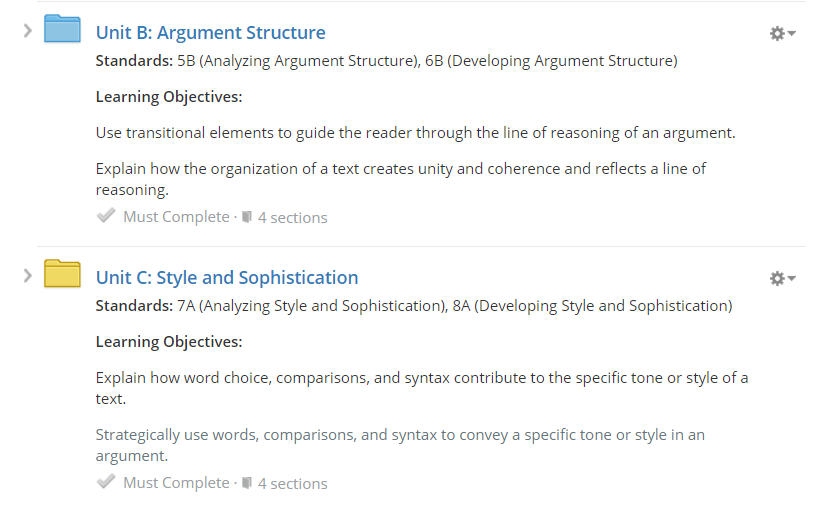
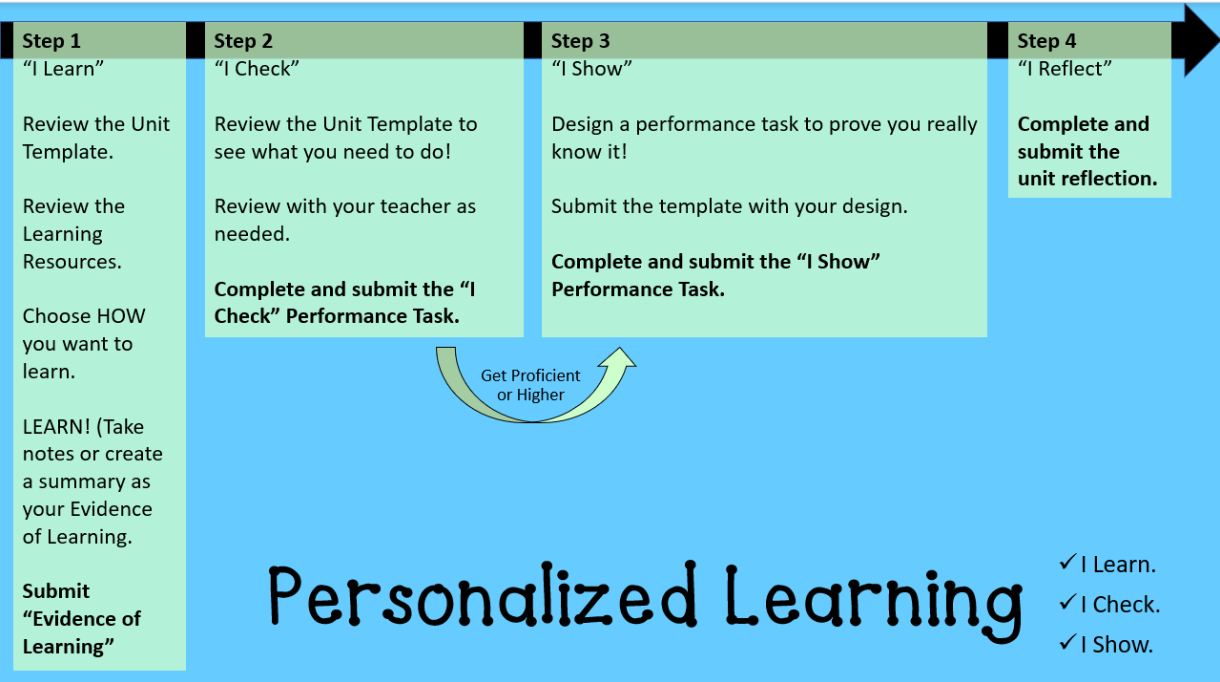
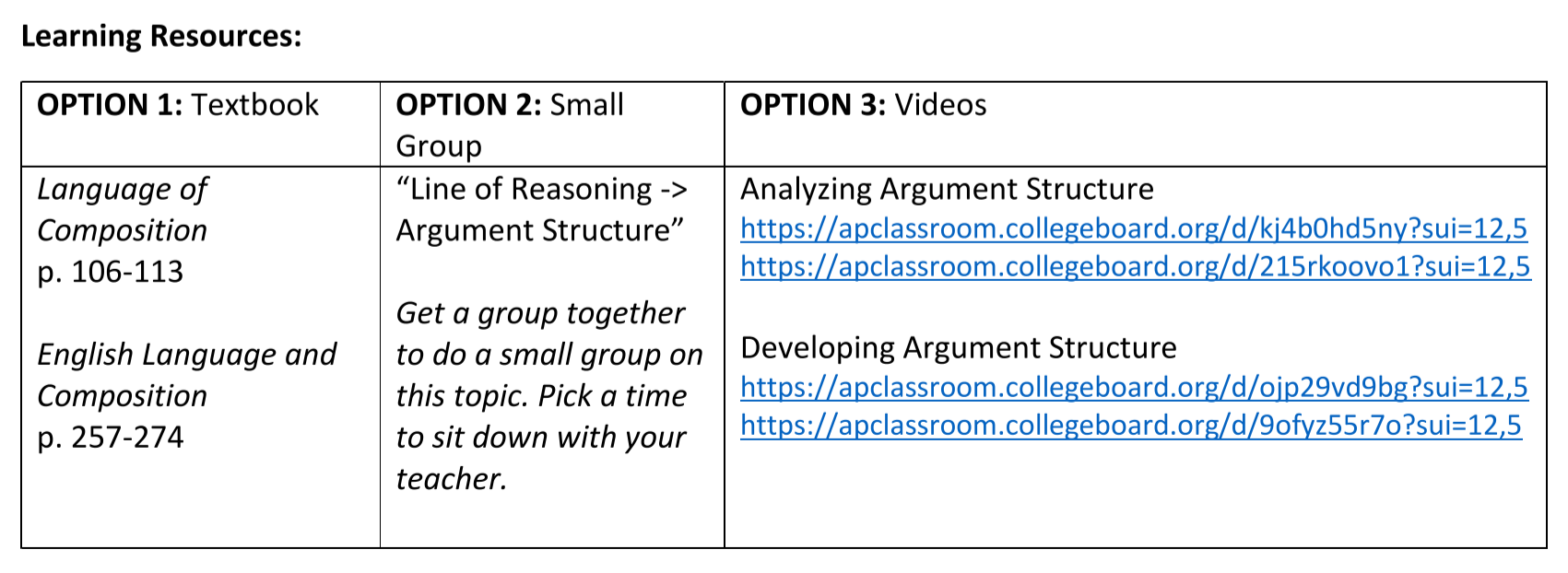
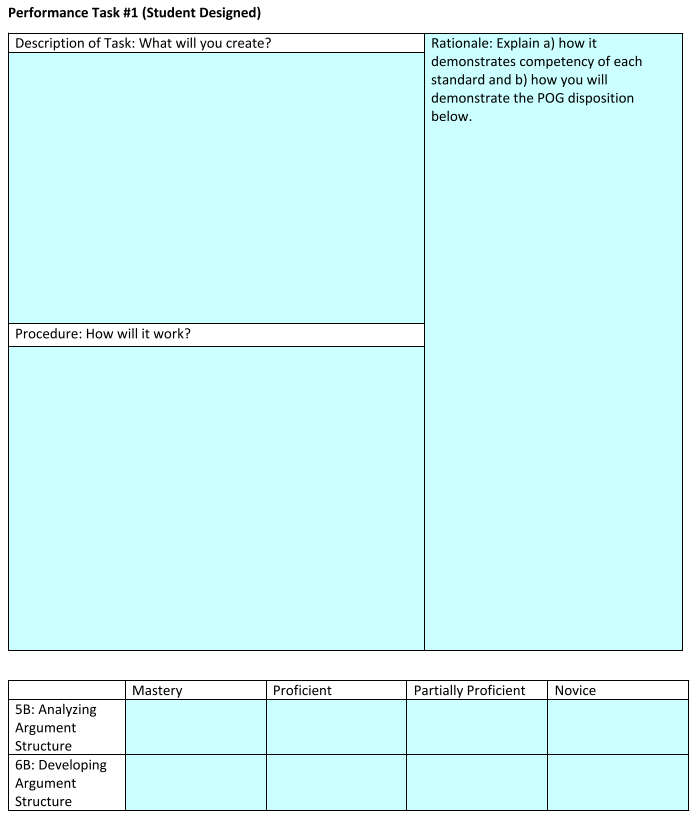
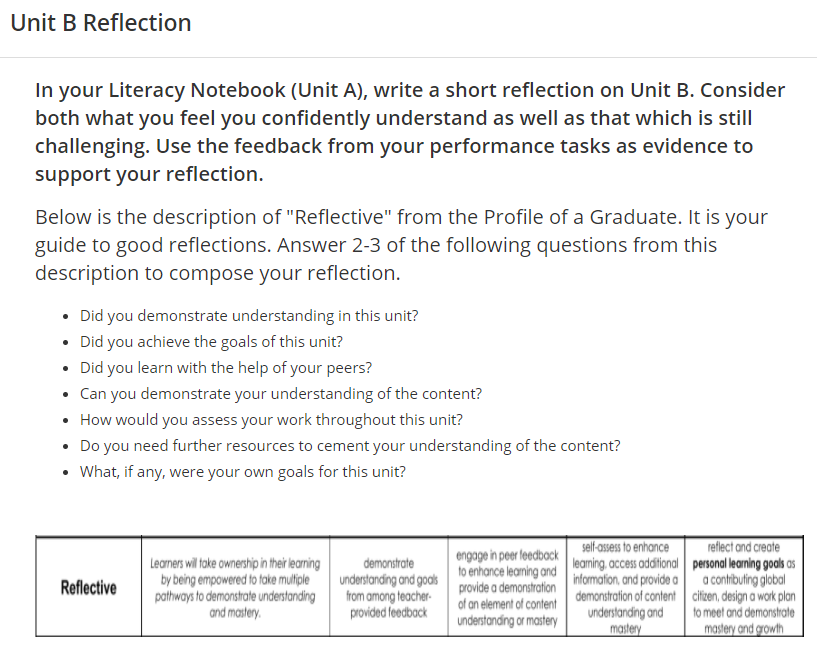
 RSS Feed
RSS Feed